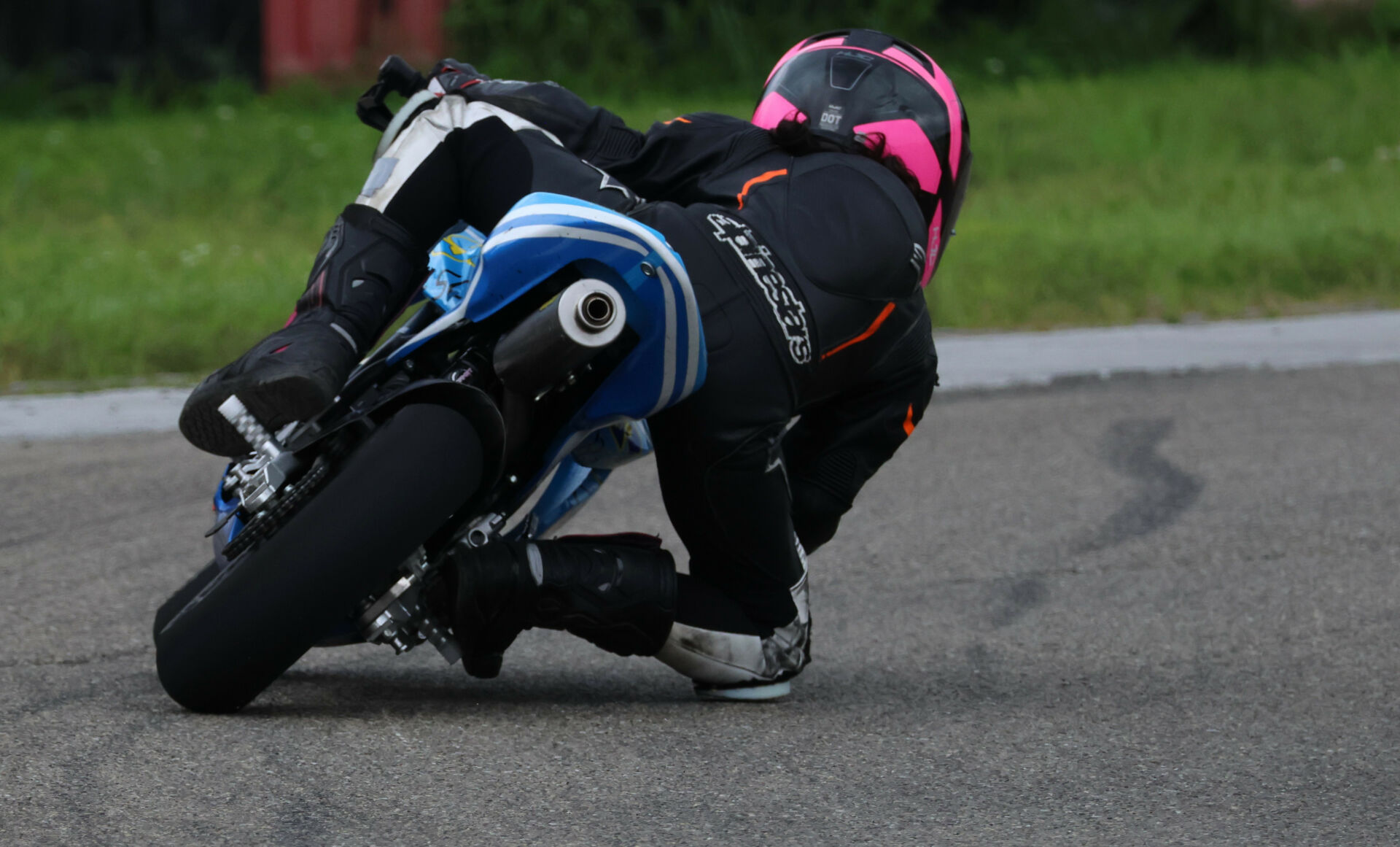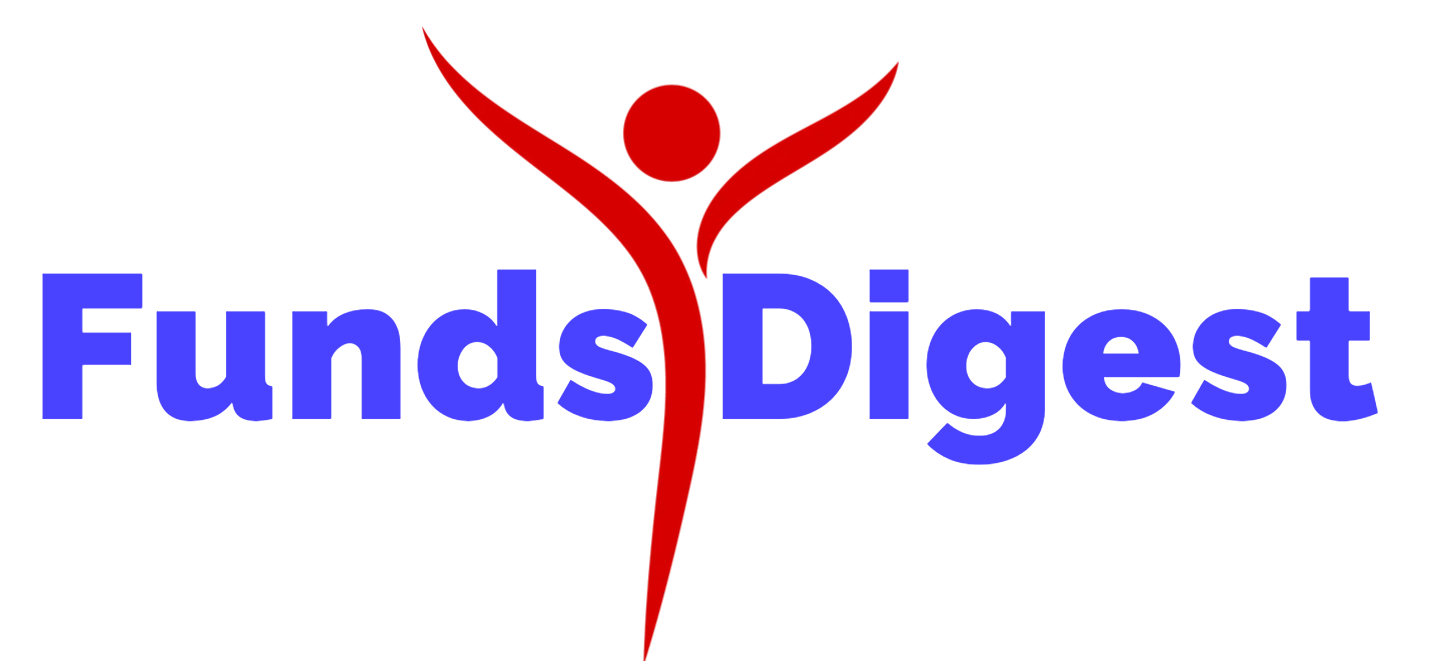
© 2025, Roadracing World Publishing, Inc. From a press release issued By Super Sonic School/FIM MiniGP Canada
Excitement Grows for the Third Year of the FIM MiniGP Canada Series:
CSBK Scholarship Awarded to Martina Cardenas of Maple Ridge, British Columbia
As the anticipation builds for the third year of the FIM Mini GP Canada Series presented by Motul and Pirelli, motorsport enthusiasts are buzzing with excitement. This year, the series not only promises thrilling racing action but also celebrates the achievements of young talent in the sport.
Toni Sharpless, the Series Organizer for Canada, noted a significant increase in interest for the Series this year. “This uptick can likely be attributed to the maturation of the event, as we are now in our third year. It is important to recognize that building momentum in such initiatives takes time and considerable effort. We are grateful for our supporters helping along the way including those who have provided bikes through the scholarship program at Super Sonic School.”
Continuing their support of the FIM MiniGP Canada series and the Super Sonic School, the Canadian Superbike Championship (CSBK) has awarded their scholarship bike to a talented 10 year old, Martina Cardenas from Maple Ridge, British Columbia. This recognition underscores the commitment to fostering the next generation of riders, and Martina’s journey is sure to inspire many as the series gears up for an exhilarating season ahead.
“We are excited for the growth of mini-racing in Canada. CSBK is pleased to see Martina riding the CSBK-supported bike this year. Her impressive accomplishments truly reflect the dedication and passion we seek in our athletes. Thanks to Toni Sharpless and her team’s initiatives, we have a strong framework in place to nurture young talents like Martina. We are committed to continuing the CSBK Scholarship program in the FIM MiniGP Canada series for future generations,” said Ross Millson, CEO of the Bridgestone CSBK National Series.
Martina’s dedication and passion for racing was evident on her application and her father Luis Cardena is thrilled his daughter was selected. “Martina is so excited to learn she was awarded the CSBK Scholarship bike to compete in the FIM MiniGP Canada series! She has been training almost every day, even in the bad weather to improve her skill. I believe my daughter will be ready for the challenge in 2025.”
Martina is now a contender to join the list of young athletes who have gone to the FIM MiniGP World Finals, a collaboration project between Ohvale, Dorna and FIM, to represent Canada. To date Canada has sent a total of four Canadians, two-per-year to compete at the World Finals in Spain namely, Michael Galvis, Lincoln Scott, Ben Hardwick and Jager Stockill. Our best finish to date was P15 made by Lincoln Scott of Alberta in November 2025 at Motorland Aragon during a combined practice in WET conditions among 44 other riders from 22 other countries.
There are two more scholarship bikes up for grabs and applicants can seize this opportunity to showcase their talent and passion for racing. Interested participants are encouraged to submit their applications (see below). With the continued support of sponsors and the growing enthusiasm for the FIM MiniGP Canada Series, the future looks bright for aspiring young athletes. Don’t miss your chance to be part of this thrilling journey!
Interested families of 10-14 year old riders can download their Application Form here or contact [email protected] and demonstrate their commitment to the sport.
« Previous Article | Next Article »
© , Roadracing World Publishing, Inc.
[flipbook id=”9″]
A “press release” is promotional text issued by a rider, team, company or organization to inform
the public about an event, product, or service from the issuer’s own point of view, and if deemed
to have news value, may be placed on roadracingworld.com as a service to our readers.
A press release is not an article written by Roadracingworld.com staffers. When a post is labeled with the words “press release”, it means that Roadracingworld.com is not responsible for its content and that Roadracingworld.com makes no guarantee that it is accurate. Not all press releases are posted and Roadracingworld.com may reject press releases if the content is too heavy on commercial promotion with little or no news value or if the press release contains obvious errors.
Roadracing World Magazine | Motorcycle Riding, Racing & Tech News
We firmly believe that the internet should be available and accessible to anyone, and are committed to providing a website that is accessible to the widest possible audience, regardless of circumstance and ability.
To fulfill this, we aim to adhere as strictly as possible to the World Wide Web Consortium’s (W3C) Web Content Accessibility Guidelines 2.1 (WCAG 2.1) at the AA level. These guidelines explain how to make web content accessible to people with a wide array of disabilities. Complying with those guidelines helps us ensure that the website is accessible to all people: blind people, people with motor impairments, visual impairment, cognitive disabilities, and more.
This website utilizes various technologies that are meant to make it as accessible as possible at all times. We utilize an accessibility interface that allows persons with specific disabilities to adjust the website’s UI (user interface) and design it to their personal needs.
Additionally, the website utilizes an AI-based application that runs in the background and optimizes its accessibility level constantly. This application remediates the website’s HTML, adapts Its functionality and behavior for screen-readers used by the blind users, and for keyboard functions used by individuals with motor impairments.
If you’ve found a malfunction or have ideas for improvement, we’ll be happy to hear from you. You can reach out to the website’s operators by using the following email
Our website implements the ARIA attributes (Accessible Rich Internet Applications) technique, alongside various different behavioral changes, to ensure blind users visiting with screen-readers are able to read, comprehend, and enjoy the website’s functions. As soon as a user with a screen-reader enters your site, they immediately receive a prompt to enter the Screen-Reader Profile so they can browse and operate your site effectively. Here’s how our website covers some of the most important screen-reader requirements, alongside console screenshots of code examples:
Screen-reader optimization: we run a background process that learns the website’s components from top to bottom, to ensure ongoing compliance even when updating the website. In this process, we provide screen-readers with meaningful data using the ARIA set of attributes. For example, we provide accurate form labels; descriptions for actionable icons (social media icons, search icons, cart icons, etc.); validation guidance for form inputs; element roles such as buttons, menus, modal dialogues (popups), and others. Additionally, the background process scans all the website’s images and provides an accurate and meaningful image-object-recognition-based description as an ALT (alternate text) tag for images that are not described. It will also extract texts that are embedded within the image, using an OCR (optical character recognition) technology. To turn on screen-reader adjustments at any time, users need only to press the Alt+1 keyboard combination. Screen-reader users also get automatic announcements to turn the Screen-reader mode on as soon as they enter the website.
These adjustments are compatible with all popular screen readers, including JAWS and NVDA.
Keyboard navigation optimization: The background process also adjusts the website’s HTML, and adds various behaviors using JavaScript code to make the website operable by the keyboard. This includes the ability to navigate the website using the Tab and Shift+Tab keys, operate dropdowns with the arrow keys, close them with Esc, trigger buttons and links using the Enter key, navigate between radio and checkbox elements using the arrow keys, and fill them in with the Spacebar or Enter key.Additionally, keyboard users will find quick-navigation and content-skip menus, available at any time by clicking Alt+1, or as the first elements of the site while navigating with the keyboard. The background process also handles triggered popups by moving the keyboard focus towards them as soon as they appear, and not allow the focus drift outside it.
Users can also use shortcuts such as “M” (menus), “H” (headings), “F” (forms), “B” (buttons), and “G” (graphics) to jump to specific elements.
We aim to support the widest array of browsers and assistive technologies as possible, so our users can choose the best fitting tools for them, with as few limitations as possible. Therefore, we have worked very hard to be able to support all major systems that comprise over 95% of the user market share including Google Chrome, Mozilla Firefox, Apple Safari, Opera and Microsoft Edge, JAWS and NVDA (screen readers).
Despite our very best efforts to allow anybody to adjust the website to their needs. There may still be pages or sections that are not fully accessible, are in the process of becoming accessible, or are lacking an adequate technological solution to make them accessible. Still, we are continually improving our accessibility, adding, updating and improving its options and features, and developing and adopting new technologies. All this is meant to reach the optimal level of accessibility, following technological advancements. For any assistance, please reach out to

Recent Comments